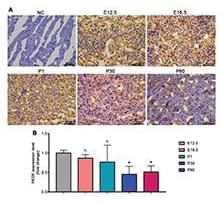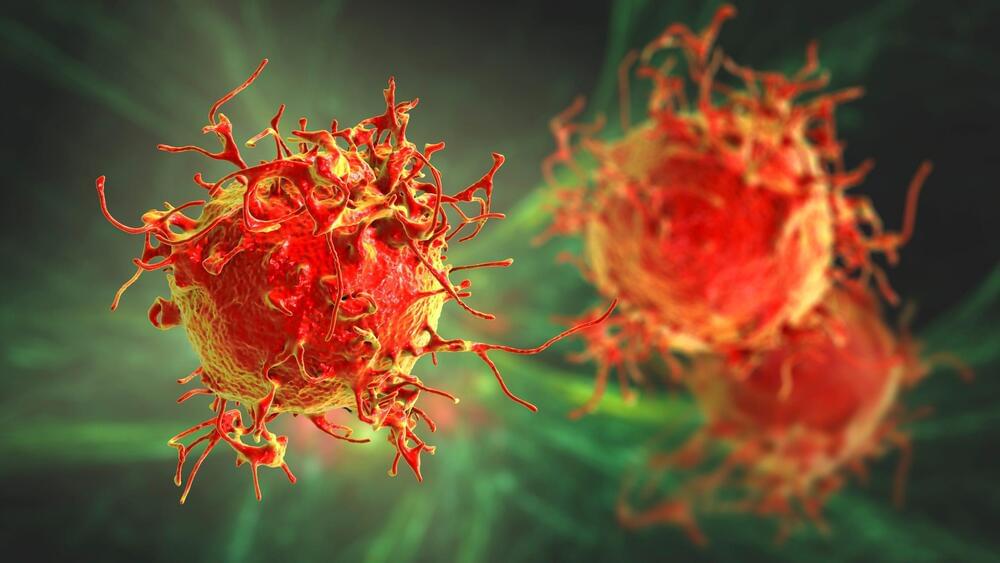Developing Novel DNA-Based Mechano-Technologies For Human Health — Dr. Khalid Salaita, Ph.D. — Emory University
Dr. Khalid Salaita, Ph.D. (https://www.salaitalab.com/salaita) is a Professor of Chemistry at Emory University in Atlanta, Georgia (USA), program faculty in the Department of Biomedical Engineering at Georgia Tech and Emory, program member of Cancer Cell Biology at Winship Cancer Institute, and most recently is the recent winner Future Insight Prize given by Merck KGaA, Darmstadt, Germany (https://www.emdgroup.com/en/research/open-innovation/futurei…aming.html) for his cutting edge work in the area of mechanobiology.
Dr. Salaita earned his B.S. in Chemistry, from Old Dominion University, his Ph.D. in Chemistry from Northwestern University, completed a postdoctoral fellowship in the Department of Chemistry at the University of California, Berkeley, and then started his own lab at Emory University, investigating the interface between living systems and engineered nanoscale materials. To achieve this goal, his group has pioneered the development of tools like molecular force sensors, DNA mechano-technology, smart therapeutics, and nanoscale mechanical actuators to help manipulate living cells.
In recognition of his work, Dr. Salaita has received a number of awards, most notably: the Alfred P. Sloan Research Fellowship, the Camille-Dreyfus Teacher Scholar award, the National Science Foundation Early CAREER award, and the Kavli Fellowship.
Dr. Salaita is currently a member of the Enabling Bioanalytical and Imaging Technologies (EBIT) study Section and an Associate Editor of Smart Materials. His program has been supported by NSF, NIH, and DARPA.






